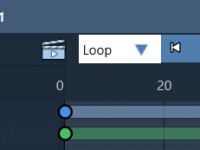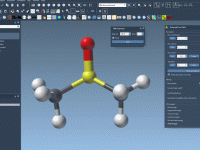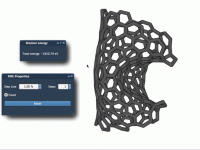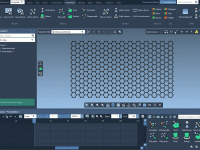Author: OneAngstrom
What Happens When You Move Atoms During a UFF Simulation?
Easier Navigation in Molecular Models with Multiple Cameras
No Admin Rights Needed: Installing SAMSON Without Headaches
Why Your SAMSON Extension May Not Load After an Update
Trouble Organizing Umbrella Sampling Data for WHAM? Here’s a Step-by-Step Guide
Still Editing .mdp Files Manually? Try This Instead.

For many molecular modelers using GROMACS, editing .mdp (molecular dynamics parameter) files manually has long been the norm. It’s effective but error-prone, especially when experimenting with different simulation setups like energy minimization, equilibration (NVT, NPT), or production runs. Copy-pasting parameters,…













